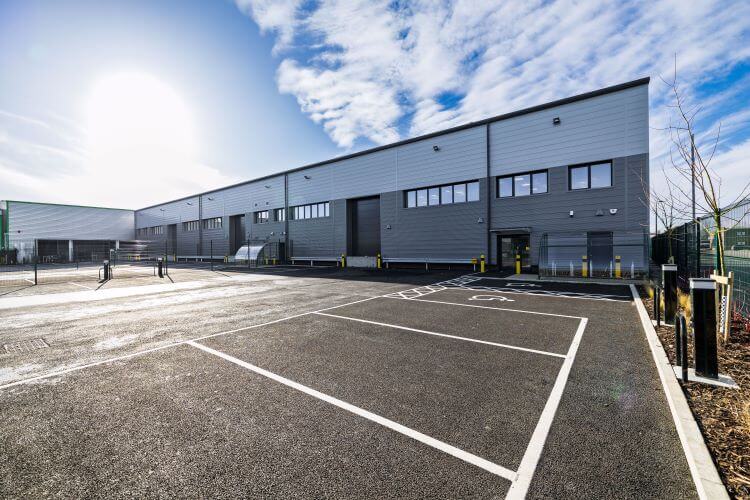
8 April, 2025
New Waltham Abbey Industrial Estate Changes Hands
Learn more
10 July, 2024 · 2 min read
Over the last five years, industrial and logistics assets have seen significant and unprecedented rental growth. These levels have been particularly pronounced in areas where there is an imbalance in demand and supply dynamics, usually centred around urban locations with high populations, coupled with the importance of the actual brick-and-mortar product – particularly those that have desirable characteristics.
For landlords, this growth is often an advantage; however, it should prompt additional planning when it comes to moments of higher risk, such as lease renewals.
For occupiers, market changes have meant 50% to 100%+ increases in rental levels over a 5-year period, often accompanied by increases in other occupational costs. This prompts questions of where we ‘need’ to be, what do we ‘need’ to occupy, and what we ‘need’ to pay when it comes to lease renewals.
Many businesses that are price-sensitive make compromises, often relocating to secondary/peripheral locations, particularly around the Homes Counties and outer M25, for those with London-based operations.
However, this option is becoming less compelling as there is a ripple effect from occupiers, leading to further rental growth in these often less desirable locations due to increased occupier demand.
Nevertheless, it is important for landlords to consider the business operations of an occupier well before and during lease renewal discussions. The correct strategy can help to retain well-performing and profitable occupiers at a time when – in many locations – the leasing challenges of the last two years remain.
Every occupier will have a unique and individually tailored set of requirements that are important to them. Consequently, many will develop a long-term strategy for each leasehold asset and anticipate the outcome of future lease renewals. Landlords and their advisers should plan ahead in the same way.
Considerations should include:
Looking at these points in advance is good preparation for lease renewals or relocation – and, importantly, it will also allow both parties to understand the true value of the premises to them.
Based on our experience, the best-located and specified assets will still achieve the highest rents and occupier demand. More often than not, tenants’ requirements to be located in the right place and in the right property are imperative, and they still outweigh the associated costs of continued rental growth. But at a time when the sector is still feeling the impacts of wider global economic changes, this additional foresight and strategy should bring extra clarity and certainty to all parties.

30 January, 2025
Learn more

8 January, 2025
Learn more

18 November, 2024
Learn more